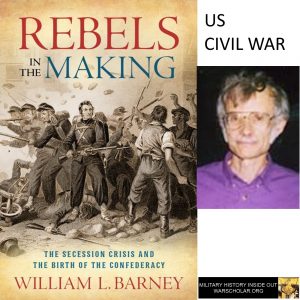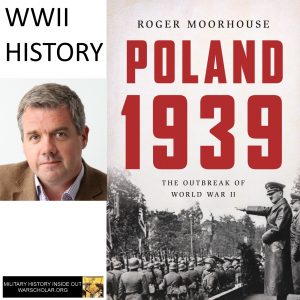Podcast: Play in new window | Download
Subscribe: RSS
 Check out this book here https://amzn.to/3k8zaE6
Check out this book here https://amzn.to/3k8zaE6
Howard Blum has been a successful reporter for many years and has written numerous books on war subjects. He recently [published] released a book about a German attempt to assassinate FDR, Churchill, and Stalin during WWII. We spoke about the subject and writing the book.
(THE AUDIO PLAYER IS AT THE BOTTOM OF THE POST.)
0:41 – Howard talks about [how he] what inspired him to write about the attempted assassination of FDR, Churchill, and Stalin.
3:18 – Howard talks about 31 year old Mike Reilly was put in charge of protecting FDR shortly after Pearl Harbor.
4:44 – Howard talks about the German planning for the assassination.
7:06 – Howard talks about the situation in Iran at the time of the assassination attempt and why this Allied meeting occurred there.
11:35 – Howard talks about trying to keep the meeting in Tehran a secret.
14:37 – Howard talks about how the Germans paid forged money to a spy.
15:16 – Howard talks about the training and preparation of the a special SS action group and the rescue of Mussolini.
20:26 – Howard talks about who in the German high command planned this operation.
22:23 – Howard talks about FDR sneaking to Tehran.
25:55 – Howard talks about the archives he used. He describes the poor security for Churchill in Tehran.
30:10 – Howard talks about previous assassination attempts against Churchill, Stalin, and FDR.
31:40 – Howard talks about the Russian records he used.
34:08 – Howard talks about how close this impossible mission came to success.
35:38 – Howard talks about why Stalin was willing to meet in Tehran but not other areas.
36:40 – Howard talks about Otto Skorzeny.
38:04 – Howard talks about Mike Reilly’s commitment to protecting FDR.
39:31 – Howard talks about Allied security within Tehran.
40:52 – Howard talks about the information on the heads of the British security team.
44:08 – Howard talks about his approach to developing a new book.
48:04 – Howard talks about his previous works on war subjects.
50:21 – Howard can be found at author Howard Blum on facebook, @howardblum on twitter and on howardblum.com
Links of interest
https://www.harpercollins.com/products/night-of-the-assassins-howard-blum?variant=32128658898978
https://twitter.com/howardblum
https://www.facebook.com/TheAuthorHowardBlum/
For more “Military History Inside Out” please follow me at www.warscholar.org, on Facebook at warscholar, on twitter at Warscholar, on youtube at warscholar1945 and on Instagram @crisalvarezswarscholar. Or subscribe to the podcast on Apple Podcasts | Google Podcasts | Stitcher | Spotify
Guests: Howard Blum
Host: Cris Alvarez
Tags: military, history, military history, conflict, war, interview, non-fiction book, WWII, world war two, Tehran, FDR, Roosevelt, Stalin, embassy, Churchill, commandos, SVR, Mike Reilly, Germany, section six, United Kingdom, D-Day, Nazi, walk-in, Mussolini, gliders, typhoid, USS Iowa, Leslie Howard, tunnels, birthday, Pulitzer prize, Otto Skorzeny
Check out this book here https://amzn.to/3k8zaE6
As an Amazon Associate I earn from qualifying purchases.

 American Civil War – An interview with William Barney about his new book Rebels in the Making, published by Oxford University Press, on Southern secession in 1860 to 1861.
American Civil War – An interview with William Barney about his new book Rebels in the Making, published by Oxford University Press, on Southern secession in 1860 to 1861.  How Poland was torn in half in 1939 – Interview with military history author Roger Moorhouse
How Poland was torn in half in 1939 – Interview with military history author Roger Moorhouse